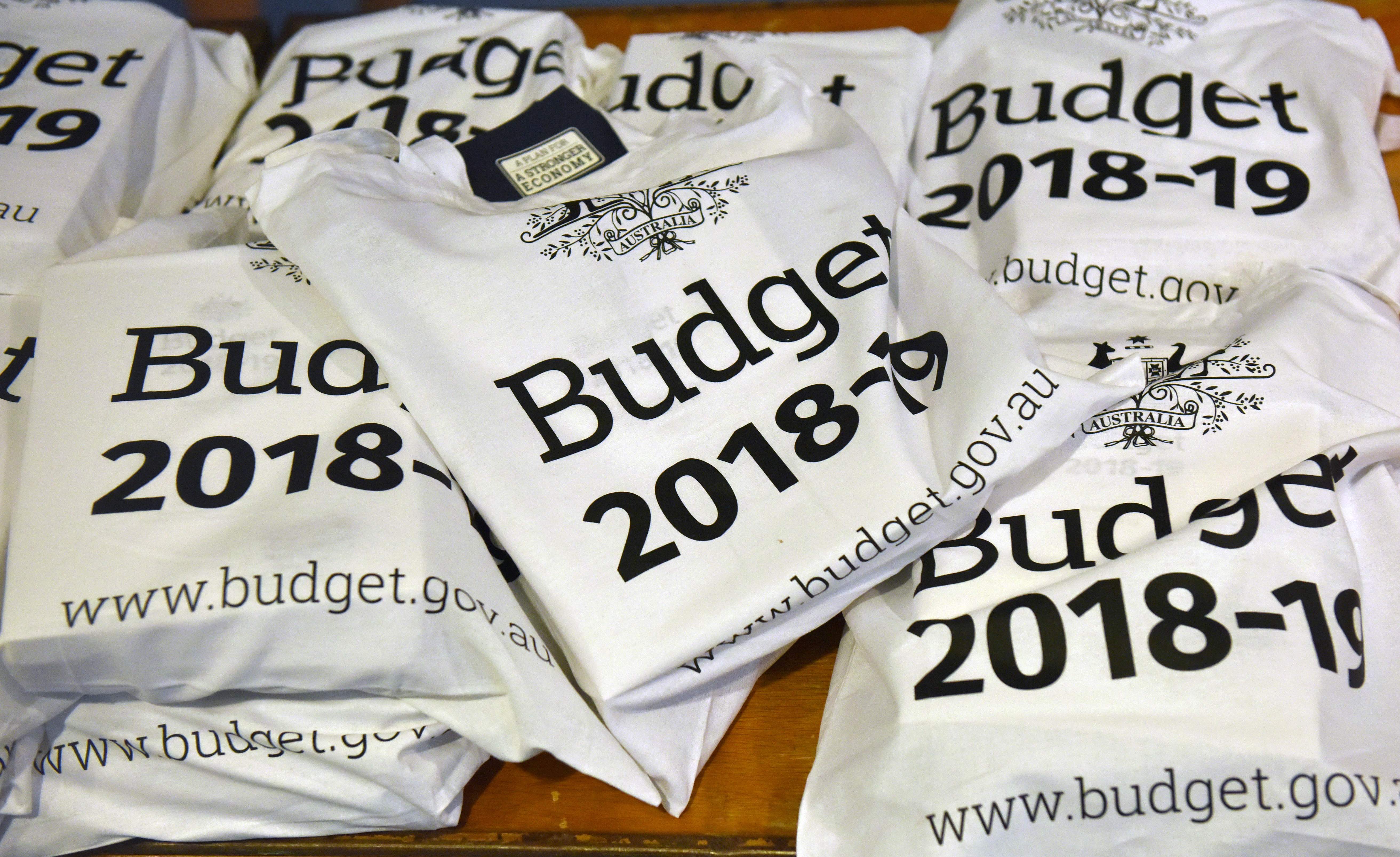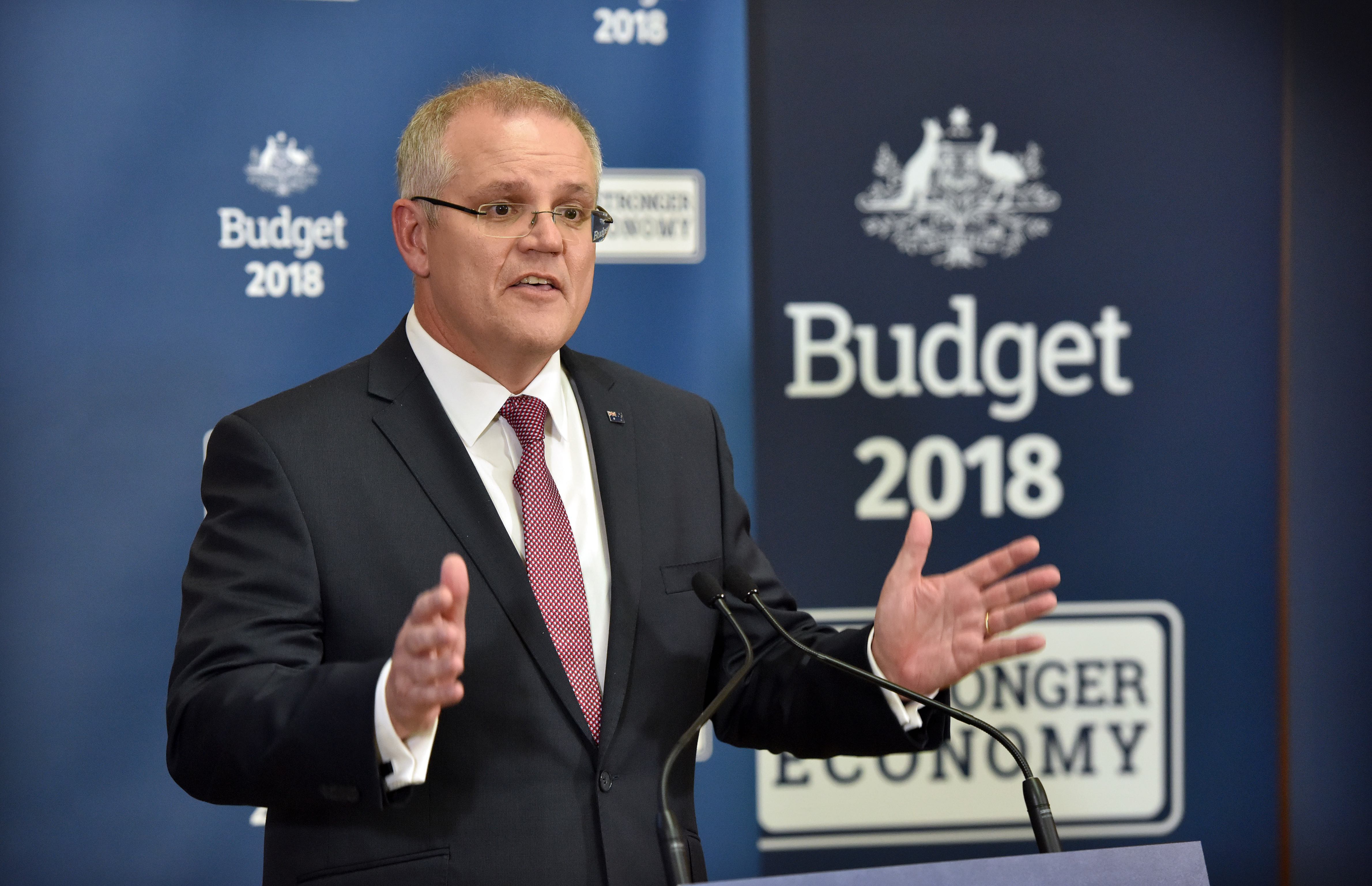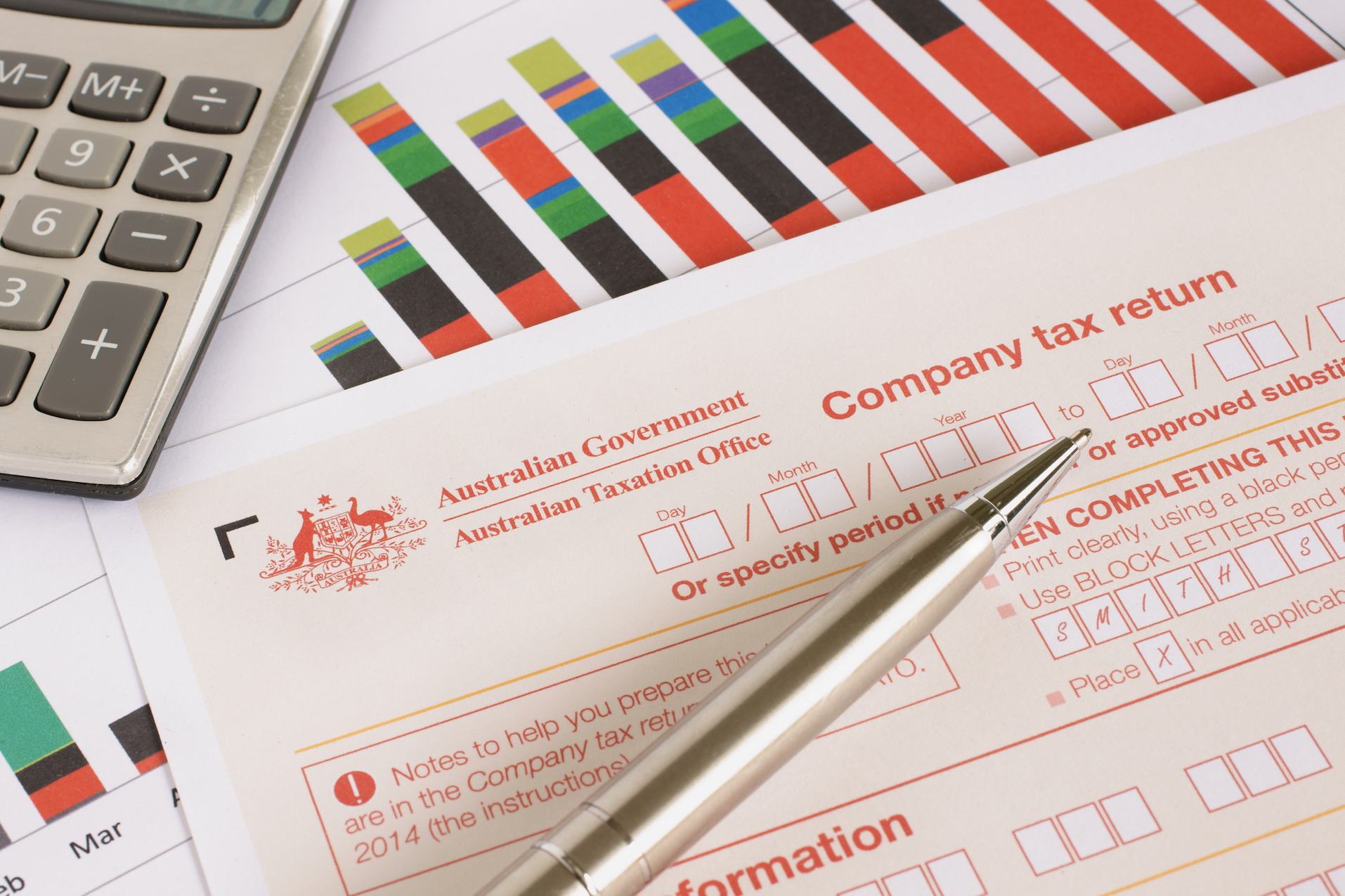
Business & Economics
The grim cycle of homelessness and unemployment

Economists are concerned a flatter tax system will heighten inequality, while the challenge of affording an older Australia still needs to be addressed ... sometime
Published 9 May 2018
Treasurer Scott Morrison’s July 1 income tax cuts for low wage earners in the 2018-19 Budget have been welcomed by economists, but they fear his “radical” longer term plan for a flatter income tax system with tax cuts for higher income earners will exacerbate income inequality.
There are also concerns that on a macroeconomic scale, the Government’s forecast return to Budget surplus in 2019-20 relies on overly optimistic forecasts for strong wages growth, which, if not realised, could constrain future spending plans.

The Government is proposing income tax concessions from July 1 of up to A$200 a year for low income earners and A$530 a year for middle income earners. But in a seven-year plan it is also proposing to flatten the tax system so that only those earning above A$200,000 a year would pay the top rate of tax. These changes are forecast to cost A$140 billion over ten years.
“I feel deeply uncomfortable with those proposed long-term tax changes and what they might mean for overall income inequality in Australia. I think it will result in increased inequality,” says Professor Roger Wilkins, of the Melbourne Institute of Applied Economic and Social Research at the University of Melbourne.

Business & Economics
The grim cycle of homelessness and unemployment
Professor Wilkins says the immediate Budget income tax cuts aimed at low-income earners were “moderate, measured and sensible,” but that the longer-term plan was “pretty radical.”
His Melbourne Institute colleague, labour participation and social policy expert Professor Guyonne Kalb, agrees. Professor Kalb welcomed the “relatively modest” tax cuts aimed at lower income earners as a step in the right direction.
“The income tax cuts for low income earners is a really important change towards better encouraging people into work and addressing the disadvantages faced by low income earners,” she says. “It is only a modest cut and in that sense the impact will also likely be modest.”
But Professor Kalb warns the plan to flatten the income tax system with future tax cuts for high-income earners is unlikely to boost jobs and will instead widen the gap between low and higher income earners.

“A widening gap between high and low-income earners isn’t what we want. I don’t think it is good for the economy and it will create social tensions,” Professor Kalb says.
“From a social policy perspective having progressive income taxes is better because if you flatten income taxes (by reducing the higher tax rates for higher incomes) the government will have less funding for services and less funding to support unemployed people to enter the workforce.”

Politics & Society
Is it time to tax ‘old money’?
Both Professors Kalb and Wilkins are also concerned that the refusal of the government to increase the Newstart unemployment benefit, will exacerbate income inequalities and disadvantage.
“In my view, the Newstart rates really should have been increased because it is really lagging behind the pension rates which are linked to wages, while Newstart is linked to inflation,” Professor Kalb says.
Professor Wilkins warns that not raising Newstart risks being “self-defeating” because people who have to rely on it for a significant amount of time will be at risk of not having the resources to lift themselves back into the workforce.
“The neglect of Newstart just reinforces disadvantage. People end up in poverty traps where they don’t have the resources to improve their situation, acquire skills and be able to present well at job interviews. The system just starts to work against them,” he says.

“If all they have to depend on is this benefit, and they don’t have access to some other means of support like their families, then they are at a very high risk of becoming homeless, especially in the major cities.”
Professor Wilkins says the main priority for Newstart should be increasing rent assistance substantially to reflect market rents.
“It is also a more politically saleable option for government because the increase isn’t going to those people who don’t need it because they are living with their families and have family support. It would be contingent on people having a housing cost.’’

For Melbourne Institute macroeconomist Dr Sam Tsiaplias, the critical question mark over the budget is whether wages growth will rise as much as the government is forecasting.
“Overall their forecasts are fairly sensible. At the moment inflation and wage growth are tracking at around 2 per cent a year and they have forecast a small rise in inflation of 2.5 per cent, which is sensible. But they are forecasting wage growth to rise to 3.5 per cent which is fairly steep,” says Dr Tsiaplias.

Business & Economics
China’s economic evolution in the Year of the Dog
“That means their forecasted tax receipts are also optimistic, and if that growth isn’t realised it will push back their forecasts for when they expect to return to surplus, and possibly constrain future spending.”
Dr Tsiaplias says, in the near term, the Budget will have little macroeconomic impact. He says the proposed tax cuts for low-income earners will likely boost spending, but not significantly.
“People will likely spend the tax concession, but it is only a moderate concession and it probably won’t have any major impact on consumption.”
He says the major weakness in the budget is its failure to address the long-term challenges facing the economy.

Business & Economics
An older society will need to work for all
“The biggest weakness is that the Budget hasn’t addressed in any clear way how we will address the welfare and health expenditure implications of the aging population. For example, the Budget hasn’t dealt with the increased burden on the health sector, or issues related to superannuation and pensions.”
“All these things are critical to the long-term prosperity of the country, and they haven’t been adequately addressed.”
On the Government’s long-term plan to flatten the income tax system, Dr Tsiaplias says the benefit would be a simpler tax system, but the risk would be increased income inequality.
“It would be a simpler tax system, but it could increase inequalities in income. That type of redistribution may not be positive for the overall economy.”
Banner: Getty Images